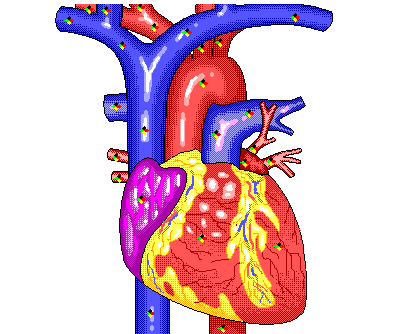Introduction

Cardiac conditions can follow a progressive continuum from single body system to multiple body system impairments and dysfunction. In this lesson, we will start understanding some of the cardiac conditions and cardiac procedures you will frequently encounter in all settings involving adults. There is a significant risk for true life and death situations when working with this population. While exploring this information keep in mind that the most common physical therapy intervention is exercise, and the heart is the literal primary driving force for exercise. Factors that affect exercise tolerance will be dealt with nearly daily in your career as a PTA. Furthermore, these conditions all exist on a continuum where hypertension (HTN) often contributes to common cardiac diseases and disorders, such as myocardial infarction (MI) and congestive heart failure (CHF). Your role in rehabilitation and patient education for health and wellness promotion could literally save a life.
Cardiac Conditions Objectives
- Describe the pathophysiology of common cardiac conditions and cardiac procedures to minimize decline in organ function.
- Describe the functional anatomy of the 4 chambers of the heart and relate how damage or compromise to the ventricles will affect activity tolerance.
- Explain the systolic and diastolic phases of blood pressure and report what implications each hold for body homeostasis and exercise tolerance.
- Describe the signs and symptoms of selected cardiac conditions
- Describe the purpose of selected cardiac procedures
- Describe and recognize the absolute contraindications for exercise in patients with cardiac conditions, including indications to stop an exercise test.
- Recognize the role HTN plays in the development of other cardiac, vascular and neurologic pathologies.
During a written case simulation, you may be asked to demonstrate your ability to:
- Describe and select the pertinent tests and measures utilized to assess cardiac responses to exercise.
- Provide a rationale for aerobic conditioning for patients with cardiac conditions
- Describe the effects that medications used for the treatment of heart conditions have on exercise tolerance.
- Provide a rationale for an aerobic training method for a given rehabilitation scenario.
- Educate a well and cardiac rehab patient on parameters for increasing and maintaining aerobic fitness.
- Collaborate with the supervising PT to educate patients and community members about smoking-related health risks and smoking cessation
- Demonstrate understanding of the role of the PTA in creating healthier communities as obliged by the Standards of Ethical Conduct

